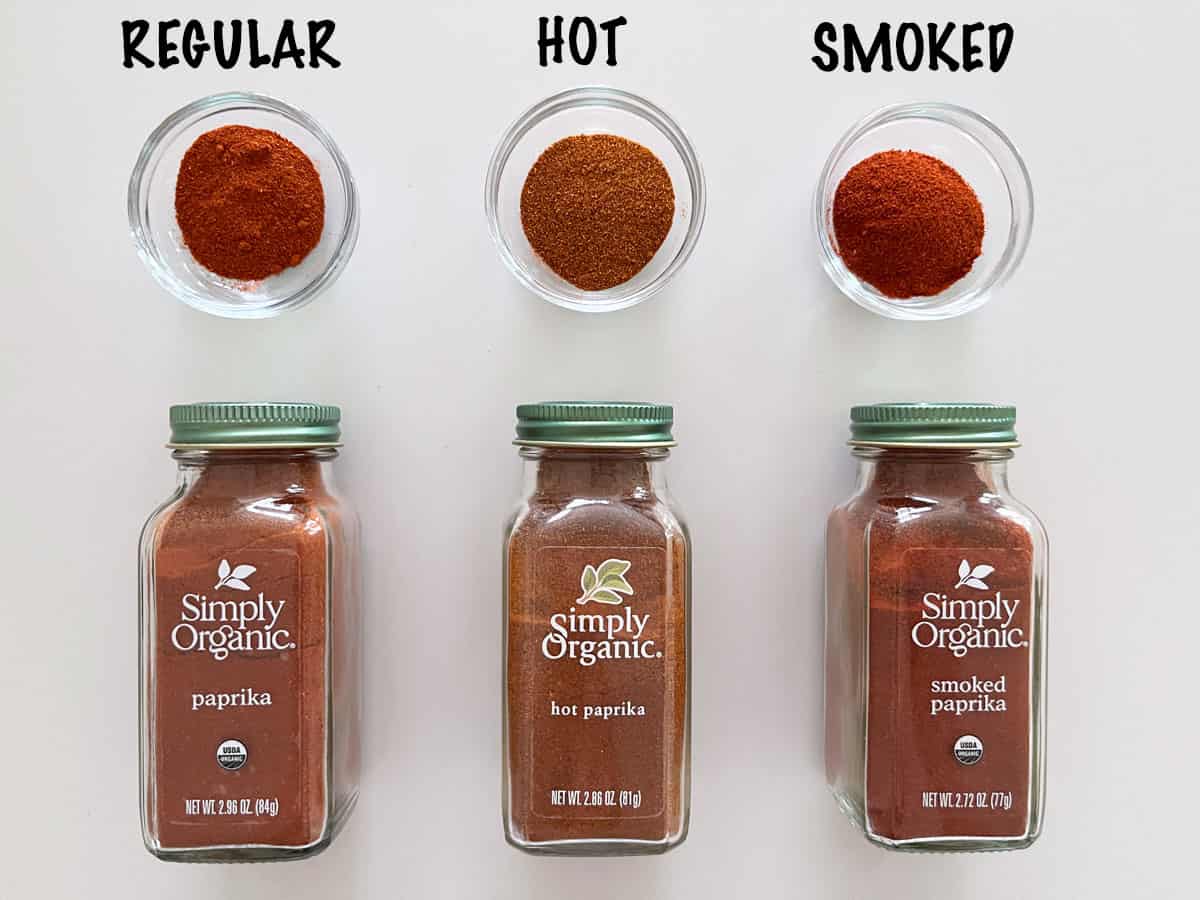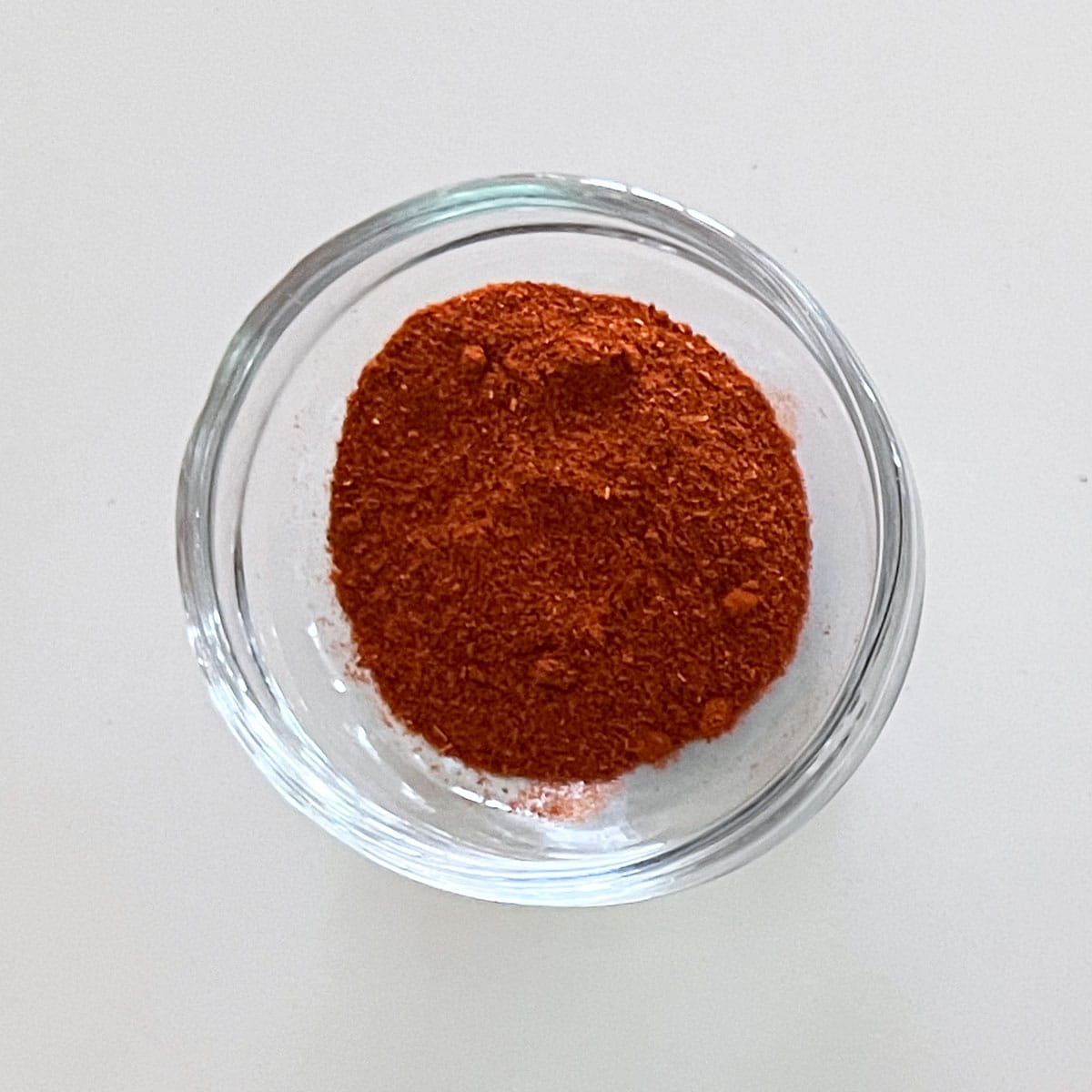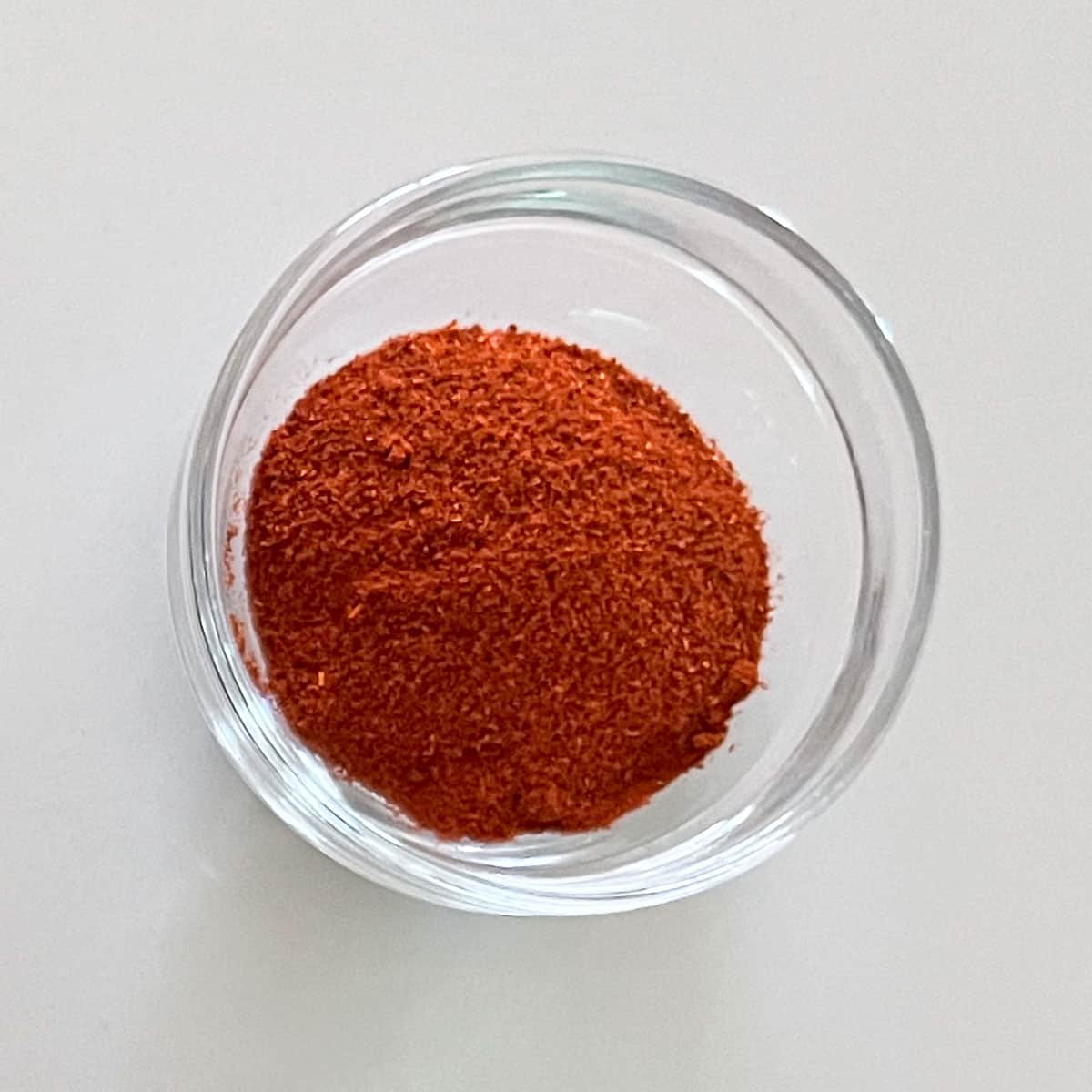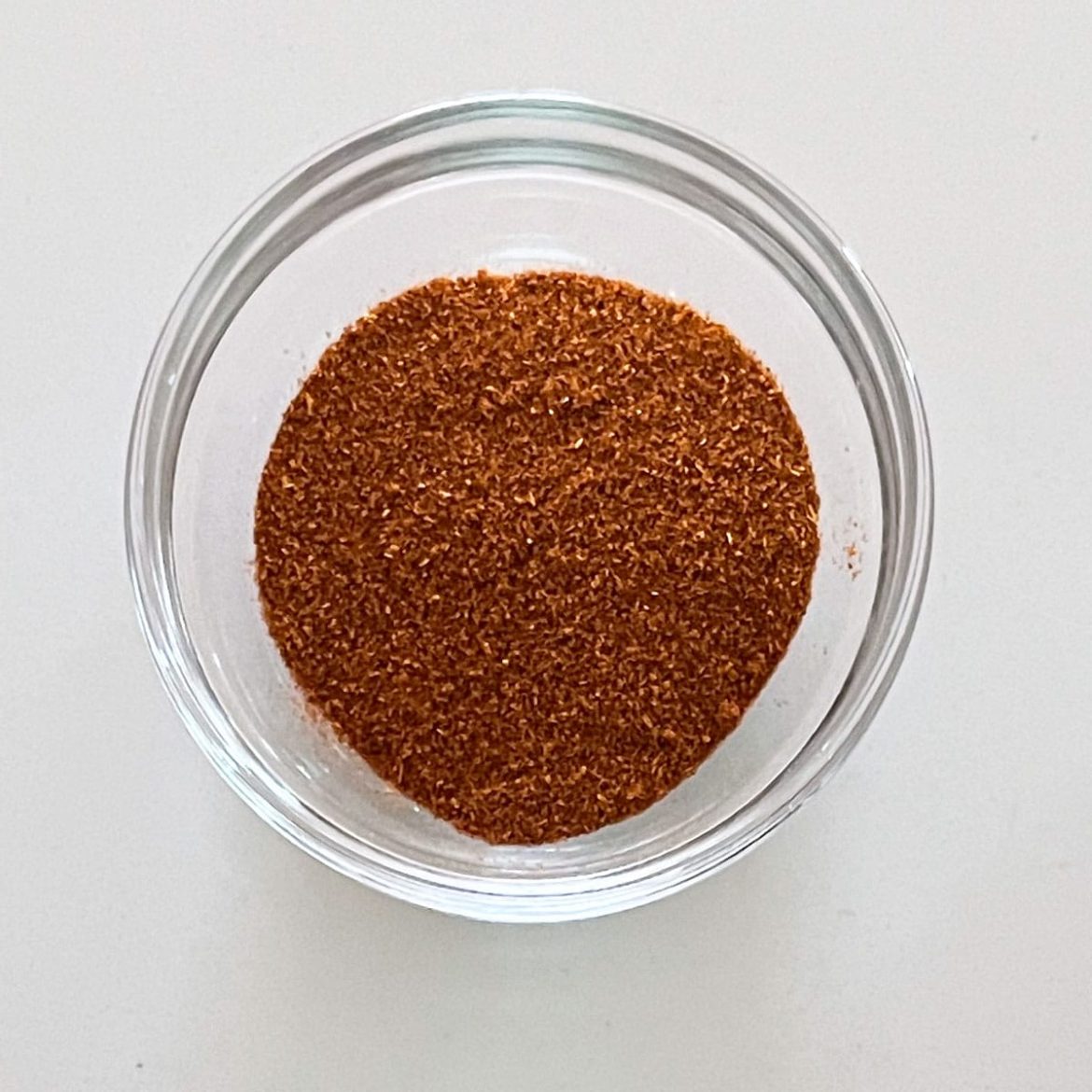Paprika is one of my favorite spices. I use it in many of my recipes because I enjoy the deep, complex, and earthy flavor it adds to dishes.
Paprika is made from dried and ground peppers belonging to the capiscum annuum family. There are three main types of paprika.

Sweet Paprika


Also known as “regular paprika” or simply “paprika,” this is the most widely used paprika. It’s made from sweeter peppers that are ground without the seeds, but it’s not actually sweet.
If you put it on your tongue, you will experience what most of us would describe as an intensely savory sensation. It’s earthy and very flavorful. It pairs well with seafood and Middle-Eastern dishes and is an important ingredient in Cajun-style recipes. Here are a few recipes where I use sweet paprika:
Because of its pretty color, paprika is often used as a garnish. I use it to garnish crab-stuffed mushrooms and baked cod. It’s often used to garnish deviled eggs, although I prefer smoked paprika in recipes such as these spicy deviled eggs.
Smoked Paprika


If you put it on your tongue, you’ll experience a deep, pronounced smoky flavor. To achieve this smoky flavor, the peppers used to make it are smoked during the drying process.
This is my favorite type of paprika. I love the smokiness it imparts and use it in many recipes, including:
Hot Paprika


Hot paprika is made from peppers that appear higher on the Scoville Scale. In addition to using hot peppers, their seeds are ground and dried, increasing their heat.
I never used hot paprika in my cooking. But for this article, I wanted to know what it tastes like, so I put a small amount on my tongue.
The very first sensation I experienced was the same intense savoriness of sweet paprika, but that was followed by heat – felt first on the tongue and then down the throat.
And no, I’m not insane for tasting hot paprika. Even the hottest paprika doesn’t have more than 1,000 Scoville Heat Units. Cayenne pepper, for example, can pack between 30,000 and 50,000 units. I wouldn’t put that in my mouth, although I do use it (in tiny amounts) in recipes such as beef kabobs, ham steak, and grilled scallops.
Reader Interactions
Be the first to comment on this recipe – your comment helps others!


